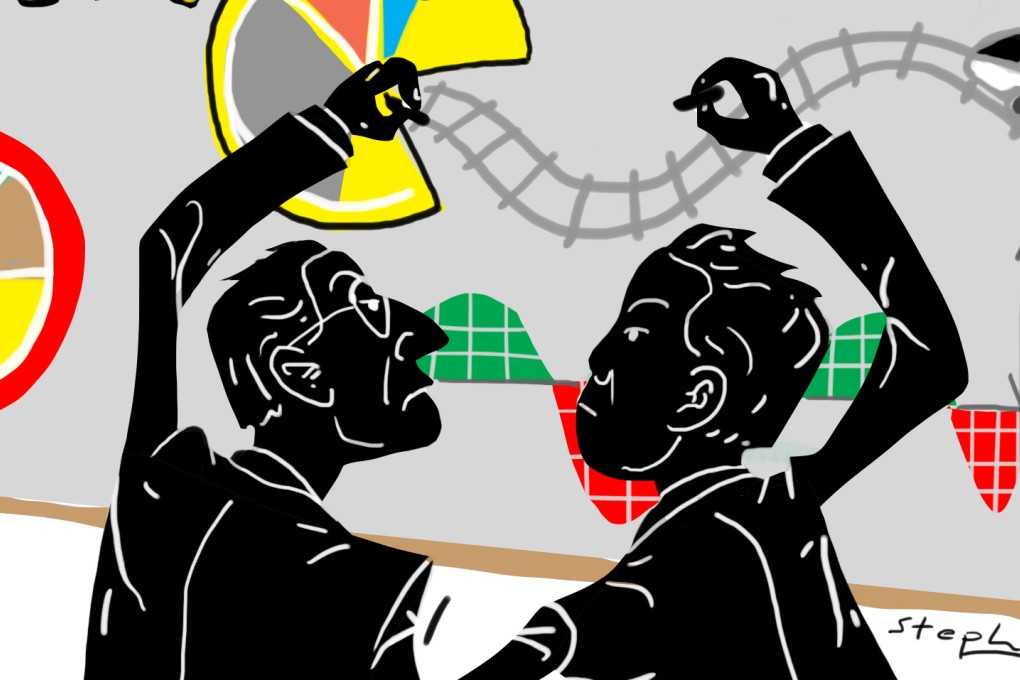China’s road or the Western way: whose economic development model will prevail?
Francis Fukuyama says the US and other governments in the West must offer alternatives to China’s massive ‘One Belt, One Road’ Eurasian infrastructure initiative


Most Westerners are aware that growth has slowed substantially in China, from over 10 per cent per year in recent decades to below 7 per cent today (and possibly lower). The country’s leaders have not been sitting still in response, seeking to accelerate the shift from an export-oriented, environmentally damaging growth model based on heavy manufacturing to one based on domestic consumption and services.
READ MORE: What is the One Belt, One Road strategy all about
But there is a large external dimension to China’s plans as well. In 2013, President Xi Jinping (習近平) announced a massive initiative called “One Belt, One Road” which would transform the economic core of Eurasia. The “One Belt” component consists of rail links from western China through Central Asia and thence to Europe, the Middle East and South Asia.
The strangely named “One Road” component consists of ports and facilities to increase seaborne traffic from East Asia and connect these countries to the “One Belt”, giving them a way to move their goods overland, rather than across two oceans, as they currently do.

For the first time, China is seeking to export its development model to other countries
Indeed, “One Belt, One Road” represents a striking departure in Chinese policy. For the first time, China is seeking to export its development model to other countries. Chinese companies, of course, have been hugely active throughout Latin America and sub-Saharan Africa in the past decade, investing in commodities and extractive industries, and the infrastructure needed to move them to China.